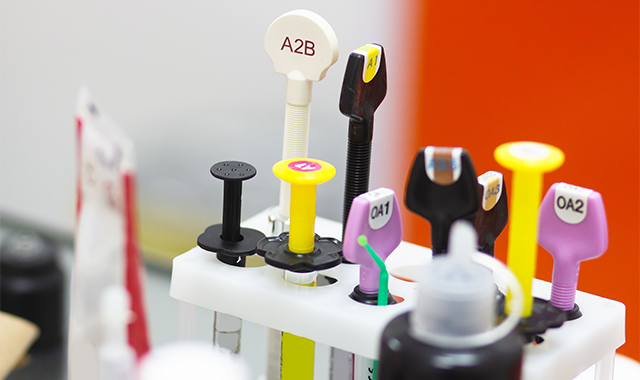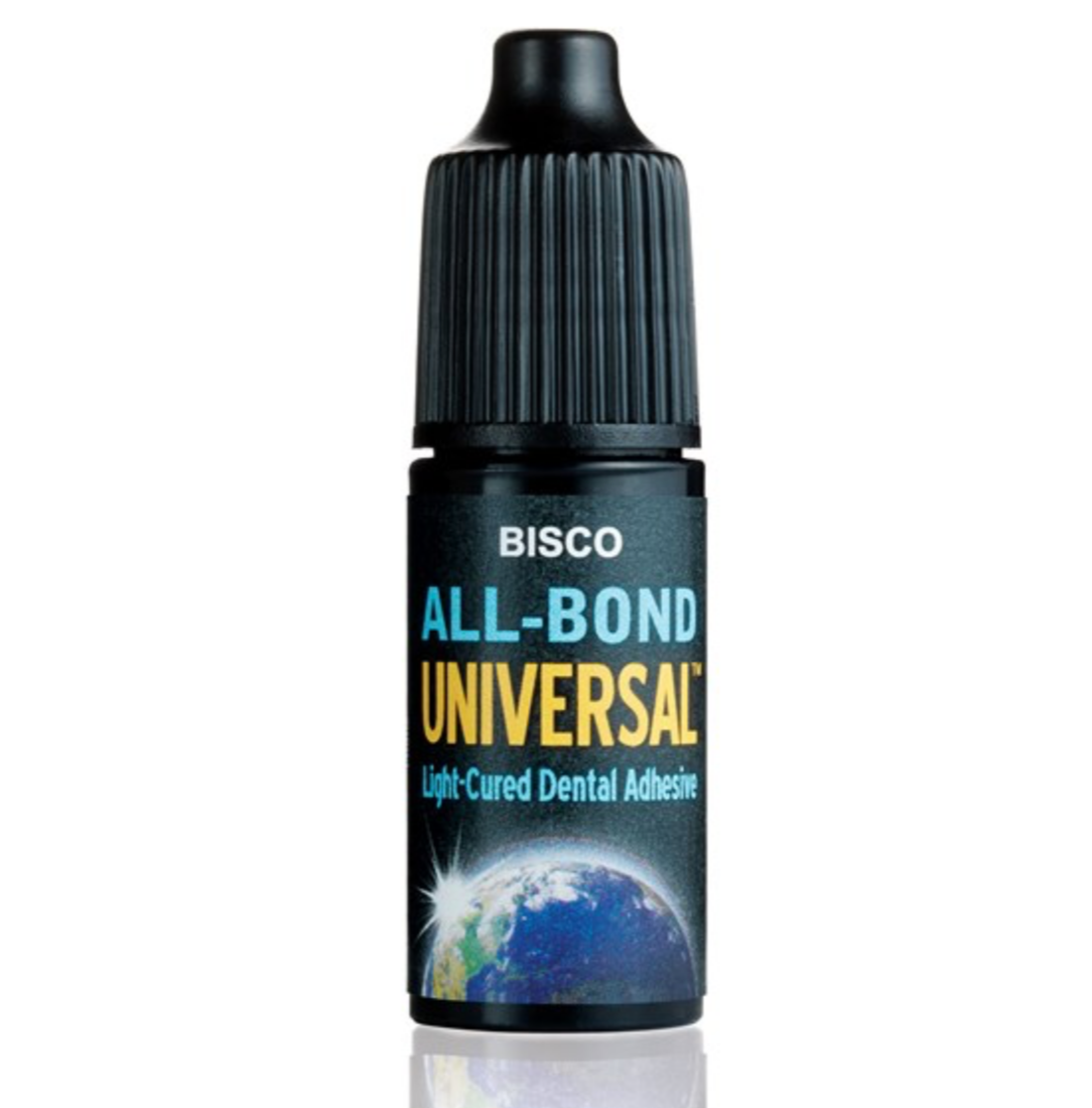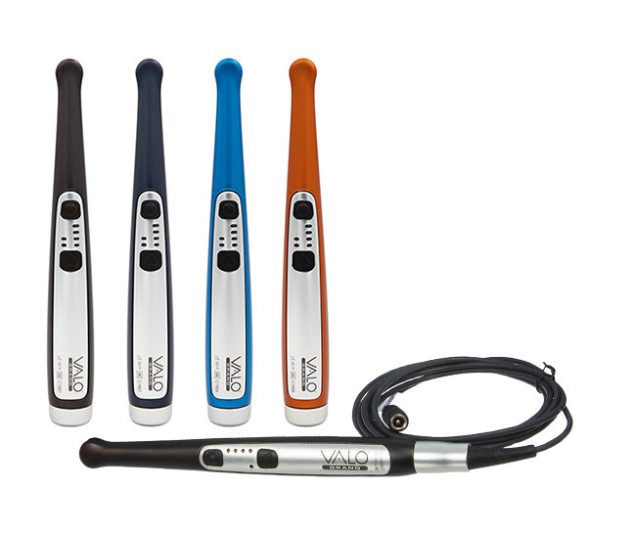The adhesive armamentarium: Understanding the instruments, materials and supplies to keep on hand

Restoration failure: Two words that strike fear into the hearts of all dentists. Adhesive dentistry makes up a large portion of a clinician’s work, but with an added element of stress: No clinician wants to see a patient back in their chair because a restoration hasn’t held up, due to poor bonds or ineffective bonding procedures.
But having the best tools and materials to get the job done right the first time can prevent those gut-clenching words by ensuring you get a strong, long-lasting bond. Whether you’re placing a simple crown or doing a full-mouth reconstruction, your tool selection can help provide reliability.
“Having the right tools makes cementation a repeatable process,” Dr. Jason Goodchild, director of clinical affairs at Premier Dental, says. “This repeatability and predictable success breeds efficiency, which is what every dental office strives for.”
But what do you need in your adhesive armamentarium to guarantee success? The clinicians we surveyed recommended five must-haves in their repertoires that they ensure they always have in stock.
Universal adhesives
It goes without saying that the first step in adhesive dentistry is finding the adhesive that works for you-one that is reliable, easy to work with, strong and effective.
“A reliable adhesive from a reputable company is a must-have,” Dr. Rolando Nuñez, manager of clinical research at BISCO, says. “It should be able to be applied in a bonding technique that the clinician feels comfortable using.”
Having an adhesive that works for your personal technique is critical for workflow efficiency. But juggling multiple products is the quickest way to compromise that streamlined workflow. Luckily, universal adhesives have changed the way dentists do bonding. No one wants to stock dozens of different products with narrow indications, or multiple types because each one limits you to just one etching technique.
“I look for product robustness in adhesives,” Dr. Goodchild says. “Meaning, I want the adhesive to work in different environments and for different substrates. More specifically, I want it to perform well on enamel and dentin, and work with and without phosphoric acid.”

Universal bonding agents meet these criteria, allowing clinicians to tackle numerous case types and different techniques with one adhesive-saving practices time, money and storage space.
“This product flexibility again promotes efficiency because now I can use one product for many different clinical situations rather than having multiple products,” Dr. Goodchild continues. “Of course, I’m basically describing the category of universal bonding agents, e.g., ALL-BOND UNIVERSAL (BISCO), Scotchbond™ Universal (3M), Prime&Bond Elect (Dentsply Sirona), Adhese Universal (Ivoclar Vivadent), Optibond™ XTR (Kerr Dental), etc.”
These category of products offers flexibility to clinicians since they can be used for so many indications. For example, ALL-BOND UNIVERSAL is a single-component bonding agent that is compatible with all dental materials. It also eliminates the need for primers by combining priming (including MDP for zirconia), etching and bonding in one agent. Additionally, it’s formulated for use with self-, total- and selective-etch techniques-giving clinicians one product with numerous uses that they can integrate into their preferred techniques.
Dr. Sarah Jebreil, a cosmetic dentist practicing in Newport Beach, Calif., can’t stress enough the importance of this.
“The most important factor for me when selecting an adhesive is ease of use for every situation,” she says. “Every clinician needs a bonding agent that is easy to work with. I have been using BISCO’s ALL-BOND for years. It’s my favorite because it works good in my hands.”
Dr. Nuñez encourages clinicians to get out of their comfort zones and embrace newer options that expand beyond earlier-generation bonding systems-though he emphasizes that it’s about personal preference.
“Understanding how adhesives behave and degrade over time has generated an impact on how product development is done when it comes to adhesives,” Dr. Nuñez says. “Also, new adhesives are easier to use, and bonding techniques tend to be less operator sensitive.
“For me personally, when I look for an adhesive, I look for compatibility with any type of resin-based materials,” he continues. “I also want it to have less water content, to guarantee less degradation over time. Thirdly, I look for self-etch cements so I can use selective-etch techniques.”
Continue reading on next page
Primers
Having the right primer can greatly affect bond strength and staying power, making them an invaluable tool for adhesive procedures.
“Clinicians need to have a pure silane primer for lithium disilicate and feldspathic porcelain restorations, and a dedicated MDP containing zirconia primer,” Dr. Nuñez says.
While primers may feel like an extra step, they don’t have to be: Some cements have primers integrated into them.
“There are cements which already contain the primers for ceramics, so no extra step of primer application is necessary,” Dr. Nathaniel Lawson, director of the division of biomaterials at the University of Alabama at Birmingham School of Dentistry, says. “For example, the cement Unicem 2 (3M) contains a phosphate-based primer which can bond to zirconia. And Panavia SA Universal (Kuraray Dental) contains both MDP and silane, so the clinician can bond to either type of ceramic without the use of a primer.”
Additionally, some primers will work for multiple material types, so you don’t have to stock numerous products.
“There are primers which contain the primers for both glass ceramics (silane) and zirconia (MDP),” Dr. Lawson explains. “Examples are Monobond Plus (Ivoclar Vivadent) and Clearfil Ceramic Primer (Kuraray). Having this dual compatibility can cut down on inventory costs.”
Isolation tools
Moisture is the kryptonite of adhesive procedures, so isolation is paramount. An isolation system, be it complex or simple, is a critical part of any adhesive armamentarium, as it ensures the field stays dry and clean, and prevents contaminants from entering the working area.
“For every bonding procedure I want to have a rubber dam,” Dr. Nuñez says. “It helps me see better, and it also helps me control moisture levels and surface cleaning.”
“Great isolation materials are key for success,” Dr. Jebreil agrees. In fact, a recent study found that the use of a rubber dam in adhesive dentistry can actually contribute to a lower restoration failure rate, particularly in direct restorations.1
And isolation has become easier with the advent of new tools that provide alternatives to the traditional DryShield rubber dam or cotton roll techniques. Instruments like DryShield can speed up procedure time by acting all at once as a high-suction evacuator, tongue shield and bite block. In addition to shortening procedure time, they can also save a practice money and reduce waste since they are available in autoclavable options.
Curing lights
To increase success with light-cured bonding agents and resin-based cements, you need the proper curing light. Although they’re sometimes thought of as a sidekick or supporting cast tool to a universal adhesive’s starring role, they are important tools for ensuring successful polymerization to create solid, reliable bonds.
Making sure that you’re using a curing light that’s compatible with your chosen material and testing the light to confirm the correct light output is achieved are the first important steps. Choosing a light with effective irradiance can also increase polymerization success; a 2014 ADA Professional Product Review found that only three curing lights (Valo, Ultradent; Elipar S10, 3M; DemiUltra, Kavo Kerr) had irradiance considered to be higher than the gold standard.2 Newer options have hit the market since the 2014 study, so doing your research is key.
The VALO Grand curing light from Ultradent Products.

Additionally, clinicians must take into account the size of the area they will be curing. Lights like the Valo Grand (Ultradent) offer increased optics size of 12 mm for precise curing on larger restorations, such as those on molars. Due to the Valo Grand’s refined optics and ability to cure the entire restoration at once, light curing is more predictable and effective.
Tools for success
It’s not just about having the right adhesives; clinicians need to have the proper tools to place and bond restorations successfully. These don’t have to be specific to adhesive dentistry; in fact, Dr. Nuñez places great value on the instruments he uses in his practice every day.
“I want quality loupes for every procedure,” Dr. Nuñez says. “And of course, a good set of instruments for composite placement.”
Dr. Jebreil also credits her dental toolbox for bonding success.
“I can’t imagine not having a 12 blade,” says Dr. Jebreil. “It gets out the stubborn interproximal cement. And of course, a qwikstrip is invaluable for opening contacts.”
Another must-have for Dr. Jebreil?
“A micro-etcher,” she says. “I love it, because it gives me the confidence that I am getting a really good bond no matter what.”
Regardless of your preferences, ensuring you have the right tools in your armamentarium will increase bonding success and banish the dreaded “restoration failure” appointment from your practice.
References
1. Wang Y, Li C, Yuan H, Wong MCM, Zou J, Shi Z, Zhou X. Rubber dam isolation for restorative treatment in dental patients. Cochrane Database of Systematic Reviews, 2016, Issue 9. Art. No.: CD009858
2. Megremis S, Ong V, Lukic H, Shepelak H. An ADA Laboratory Evaluation of Light Emitting Diode Curing Lights. The ADA Professional Product Review. ADA website. http://www.ada.org/en/publications/ada-professional-product-review-ppr/archives/2014. Published November 2014.